SAS Urban Survival Handbook (61 page)
Read SAS Urban Survival Handbook Online
Authors: John Wiseman
Tags: #Health & Fitness, #Reference, #Survival, #Fiction, #Safety, #Self-Help, #Personal & Practical Guides, #General, #Survival Skills

Mortise locks which also have handles (sash locks) are available for interior or exterior doors.
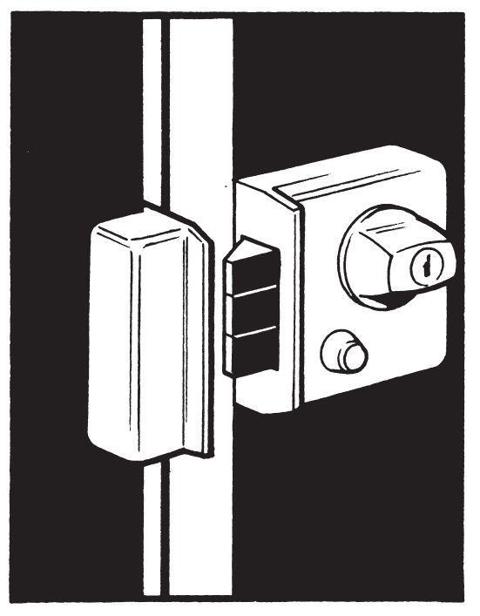
RIM LOCKS
Most are designed for surface mounting. The screws are vulnerable, except for those in the door edge and the jamb (when the door is closed).
Preferably, go for a rim cylinder lock with as many ‘extras’ as possible. Interior and exterior deadlocking facilities are sensible, as are pegs which won’t allow a blade to be inserted from outside to force the bolt back into the lock.
On external doors ALWAYS fit a mortise deadlock. If the door is too thin to take one, get a thicker door! A mortise lock MUST have at least five levers—cheaper ones have only two. Fit a rim lock as well. Use the rule of thirds:
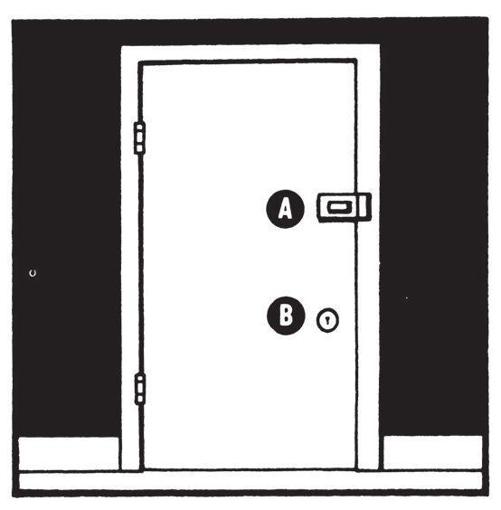
The rim lock
(A)
should be positioned one third of the way down from the top of the door. The mortise lock
(B)
should be positioned one third of the way up from the bottom of the door.
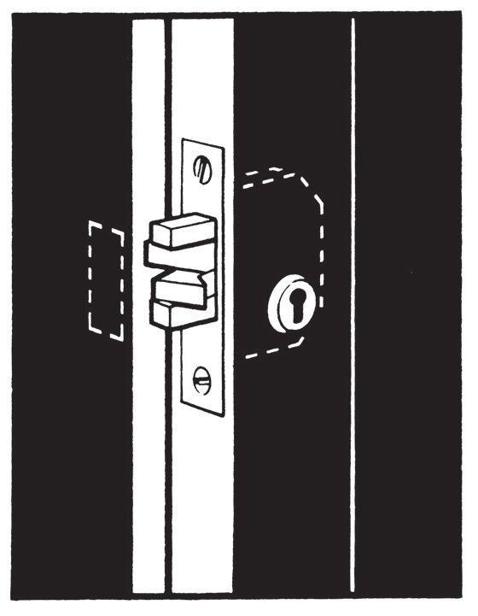
SLIDING DOOR LOCKS
Sliding doors are much more difficult to lock securely than conventional doors. Use a hook-and-bolt type, the nearest equivalent to a mortise deadlock. If you have metal- or plastic-framed sliding doors and need to fit a lock, the only easy ones to fit are surface-mounted.
REMEMBER
Locking internal doors, especially those of rooms with vulnerable windows, will make life difficult for a burglar. On the other hand a really determined burglar will kick them open. Unfortunately you will then have more damage to deal with.
Choosing locks
Ask your locksmith how many ‘differs’ (key permutations) there are for the make and type of lock you intend to buy—choose a lock which has as many as possible. If the style of lock you use is only available with a few key patterns, a burglar could easily carry all the necessary keys. Top quality locks may have only one key combination. New keys can only be cut on written request.

WARNING
Rim locks which do not have a deadlock facility are useless if the door has glazed panels, cat flaps or letterboxes large enough to put a hand through. Wooden panels may also be kicked out of the door – no key is needed to open the rim lock from the inside. ALWAYS fit a mortise lock as well. Keep cat flaps out of reach of locks and bolts.
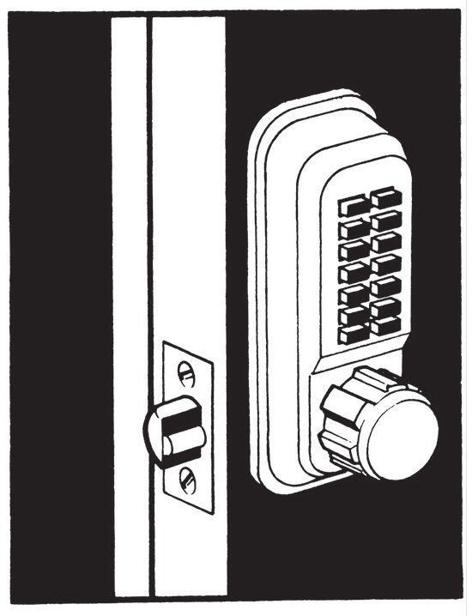
COMBINATION LOCKS
Electronic or mechanical push-button combination locks are useful for people who tend to lose keys, or when there have to be a large number of keyholders. You can change the combination whenever you wish-and won’t have to cut new keys. Drawbacks are that potential thieves may see you punch the number in, or that you might forget the number. Do NOT write code numbers down. If you are worried about forgetting yours, include it disguised as part of a fax or phone number in your address book, so that YOU will recognize it but others will not.
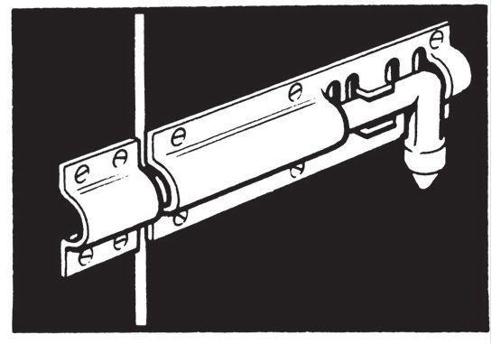
Sliding bolts on the inside of a door give added security-although these are easily opened by an intruder, once they are inside. They can quickly be rammed home if you need to prevent forced entry while you are in.
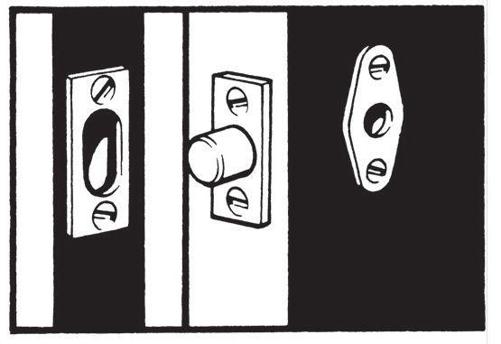
Rack bolts can be used on all doors and on wood-framed windows too. There is only one ‘key’ pattern, but keyholes are on the inside only-making it very difficult to detect these bolts from the outside.
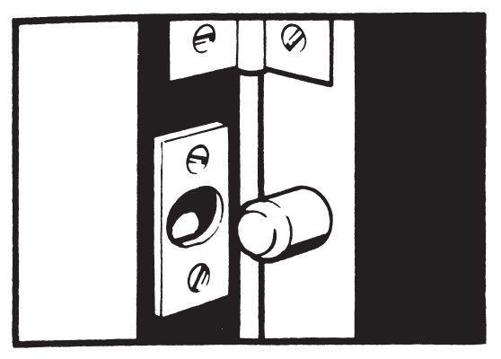
On the hinge side, hinge bolts (dog bolts) will help prevent the hinge side of the door from being forced open. These are more difficult to fit than you may imagine-you may have to call in a professional. The metal ‘bolt’ locates in the reinforced hole when the door is closed.
REMEMBER
No matter how many locks, bolts and hinge bolts you fit, if the door or the frame is weak, you have a problem. Thieves can break doors and crowbar frames out of the wall. If the door faces a solid wall, a jack might even be used to force the door. Steel doors, steel-reinforced doors and steel-reinforced door frames are a last resort.
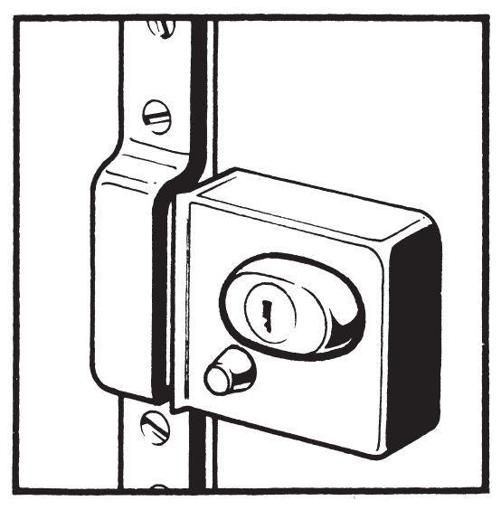
To prevent the door from being kicked in (at least), a stout steel bar fixed firmly down the hinge side of the door frame should prevent the hinges from being broken out of the wood. On the ‘lock’ side, the steel bar needs to retain the staple of the rim lock.

